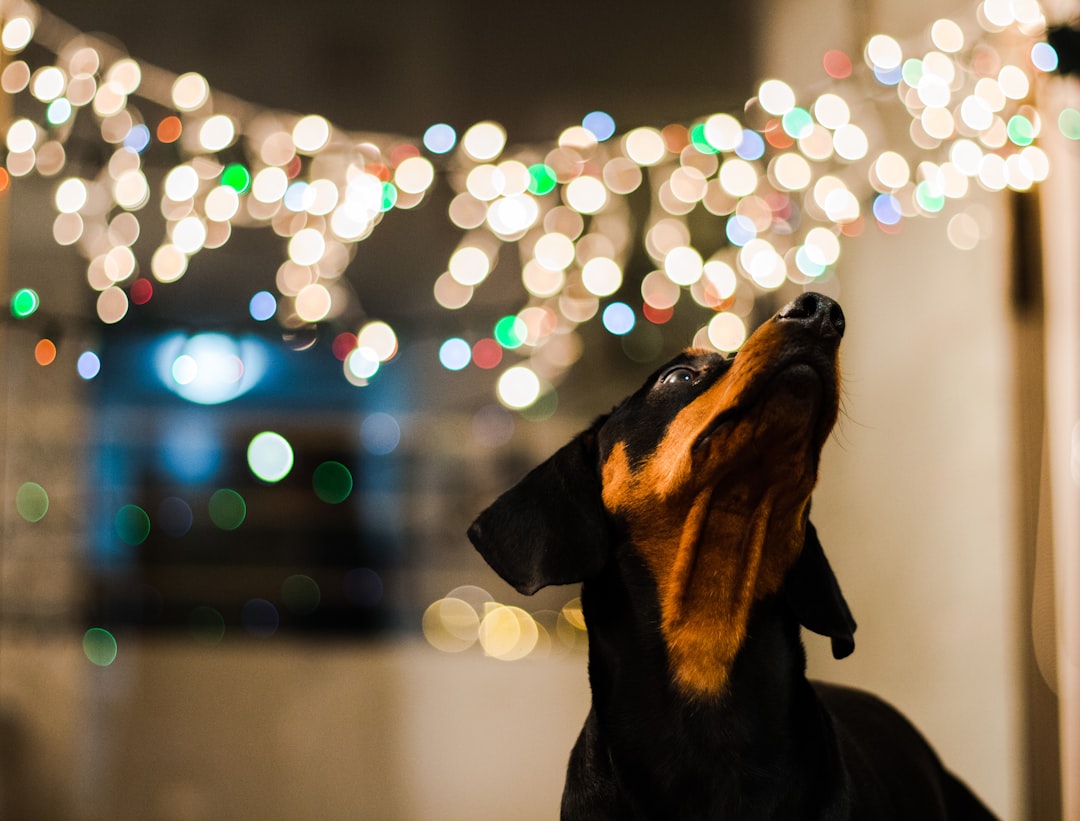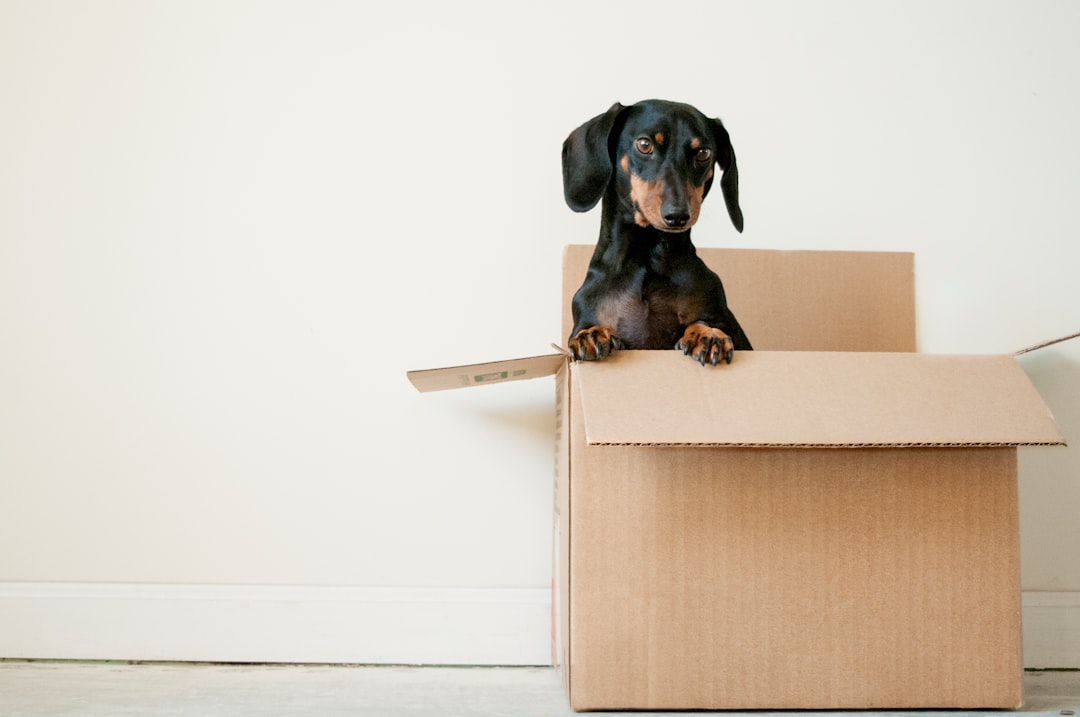Ever met a dog that seems to have an entire saga packed into its lineage? Enter the Russian Hound, a breed that not only has stunning looks but also boasts a personality as rich as a bowl of borscht. These furry friends come with a fascinating origin story, unique traits, and an attitude that’s always in high spirits—talk about a tail-wagging adventure! Buckle up as we dive into what makes the Russian Hound the pawsitively delightful companion you’ve never knew you needed!
Origin of the Russian Hound Breed
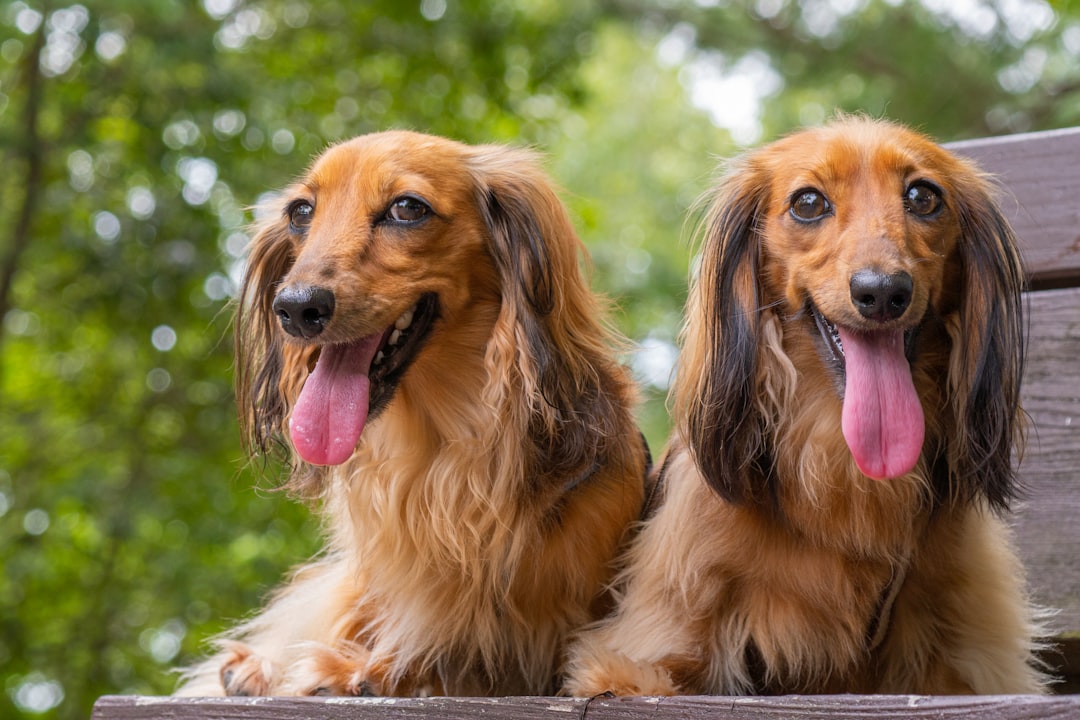
Ah, the Russian Hound—a breed that knows how to strut its stuff! Let’s take a time-traveling journey back to the warm, fuzzy embrace of Russian history.
- Where it all began:
- Originating in Russia, these dogs traditionally served noble families as skilled hunting companions. Talk about living the pup life!
- Fluffy lineage:
- The Russian Hound descends from ancient hunting breeds, likely the Salukis and the Greyhounds. It’s like they were having a family reunion, and everyone brought their best traits!
- Noble pursuits:
- By the 19th century, the Russian Hound became a beloved companion among aristocrats, who valued their agility and speed while chasing down game. Perhaps these dogs were just showing off their royal flair!
- Modern-day status:
- Today, the Russian Hound enjoys a balanced life of leisure and chasing squirrels. It’s like they’ve transitioned from the king’s advisor to a laid-back park-goer.
So, next time you spot a Russian Hound, remember: behind that cute facade lies a history steeped in hunting and nobility! 🐾
Physical Characteristics of the Russian Hound
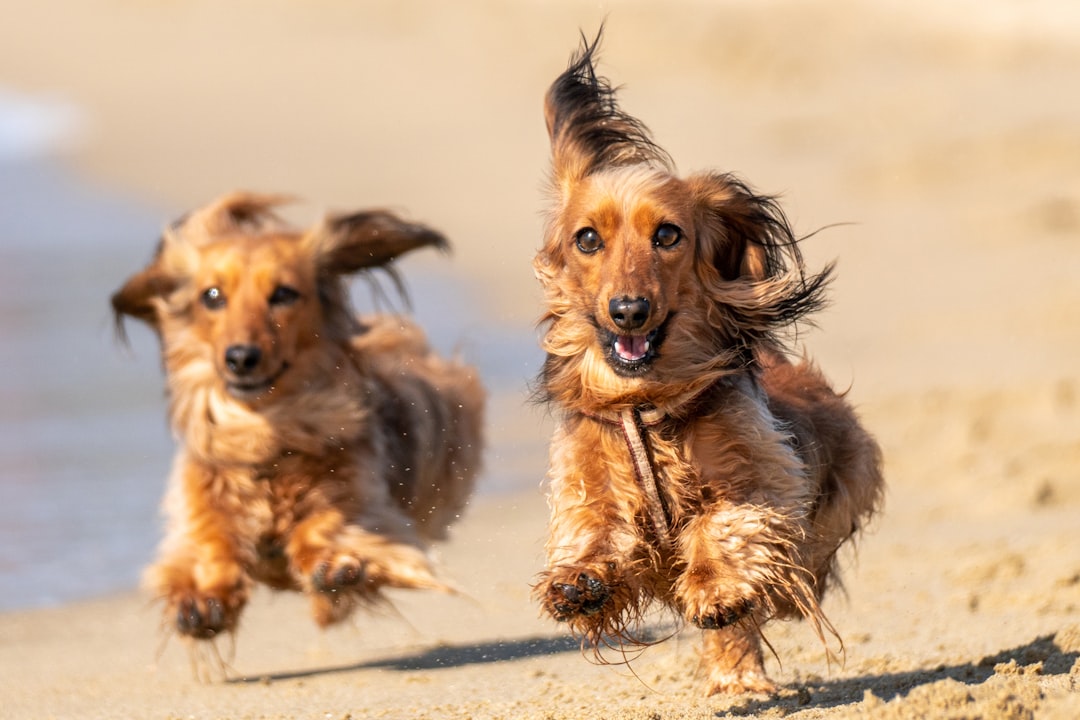
Ah, the Russian Hound! This majestic breed turns heads faster than a squirrel on caffeine! Here’s a snapshot of its physical characteristics that make it stand out in a crowd—and by “stand out,” I mean tower over most other dogs.
Size:
- Height: 24-28 inches (61-71 cm)
- Weight: 60-100 pounds (27-45 kg)
Coat:
- Type: Short, dense, and oh-so-handsome!
- Color: Typically white with splashes of black, brown, or gray, it’s like wearing a fluffy cloak from a stylish winter collection.
Features:
- Ears: Long and floppy, the Russian Hound uses these radar dishes to catch all gossip from the dog park.
- Eyes: Large and expressive, they scream “feed me!” or sometimes “why did you step on my paw?”.
Comparison Table:
| Attribute | Russian Hound | Other Breeds |
|---|---|---|
| Size | Large | Varies (usually smaller) |
| Coat | Short and dense | Varied (could be long/curly) |
| Temperament | Friendly | Can be aloof (looking at you, cats!) |
With these stunning characteristics, the Russian Hound doesn’t just chase after rabbits; it also chases hearts, one gaze at a time!
Temperament and Behavior Traits
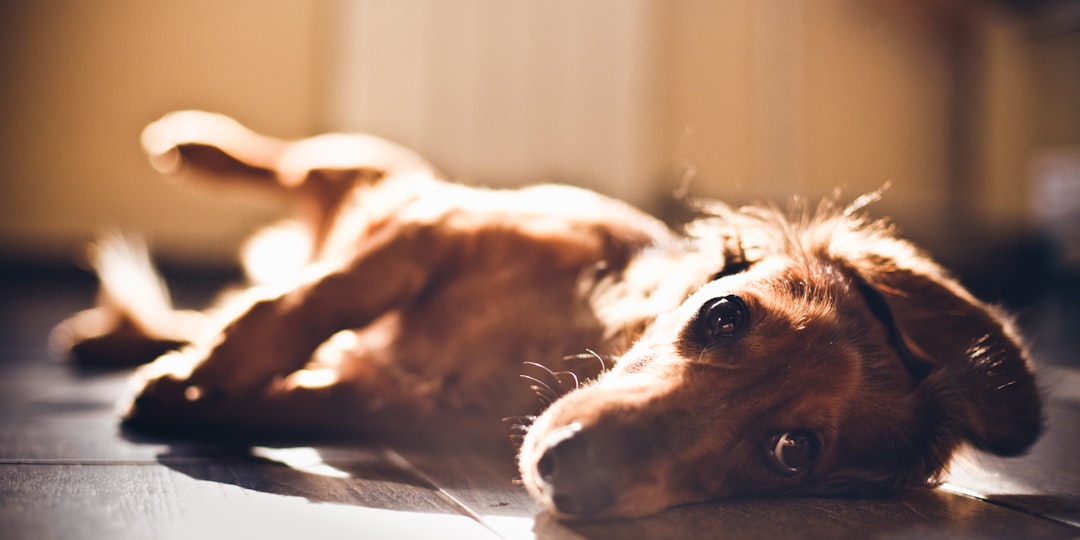
Ah, the Russian Hound! This dog breed has all the charm and quirks of a wise old owl mixed with a playful puppy. Their temperament is as delightful as a hot cup of borscht on a chilly day. Let’s dive into their behavior traits, shall we?
- Friendly and Social: Russian Hounds are the life of the party. They love meeting new people and, quite frankly, collecting fans like a celebrity!
- Independent Thinkers: Sometimes, they might act like they’ve got it all figured out. Don’t be surprised if your Russian Hound decides to pursue a slightly different path during walks. “Who needs a leash?” they say while you tug at it.
- Moderate Energy Levels: They enjoy a good sprint, but they also appreciate curling up on the couch. Honestly, can you blame them?
| Trait | Description |
|---|---|
| Affectionate | Loves to snuggle like a teddy bear |
| Curious | Always exploring like a detective |
| Gentle | Great with kids and other dogs |
In summary, the Russian Hound balances between being the adventurous explorer and the cuddly couch potato. They’ll keep you entertained (and slightly confused) while bringing joy to your life!
Hunting Abilities and Skills
When it comes to hunting, the Russian Hound is like that friend who shows up uninvited but makes every party better. These pooches were bred for speed and precision, making them the ultimate canine hunters. Get ready for the most impressive qualities of this furball:
- Speed: Russian Hounds can run as fast as your sibling when they spot dessert—possibly even faster! They boast a remarkable top speed, allowing them to chase down game effortlessly.
- Nose for Trouble: This breed has a nose that could rival a bloodhound’s. With that sniffer, the Russian Hound can track scents like a professional detective, making it extraordinary at finding everything from rabbits to your hidden snack stash!
- Agility: Think of them as the Olympic gymnasts of the dog world. Their athleticism helps them maneuver through rough terrains with the grace of a ballerina.
- Team Player: Whether it’s running alongside fellow hunting companions or working with their human, the Russian Hound plays well with others, making them fantastic in a pack.
In short, if you want a dynamic hunting partner that brings the laughter (and maybe a snack or two), the Russian Hound is your go-to companion!
Care and Maintenance Requirements
Caring for a Russian Hound is like taking care of a toddler with a PhD in mischief—challenging yet rewarding! To keep your furry genius happy and healthy, remember these essential care tips:
- Diet Delight: Feed your Russian Hound high-quality dog food suited for their age and activity level. Think of it as gourmet dining—no stale kibble here!
- Regular Exercise: These energetic pups need plenty of exercise. Daily walks, runs, and playdates will keep them fit and mentally stimulated. Two words: Dog park!
- Grooming Glam: Brush their coat regularly to prevent matting—about twice a week should do. Just remember, they don’t have a concept of “personal space,” so be ready for a face full of fur!
- Vet Visits: Schedule regular check-ups to catch any health concerns before they become catastrophes. Think of it as a routine “spa day” for your Russian Hound!
- Mental Stimulation: Incorporate interactive toys and puzzle games to keep your clever companion entertained and out of trouble. After all, a bored Russian Hound might decide your shoe collection needs a makeover!
With these care tips, your Russian Hound will thrive and keep you entertained every step of the way!
Training Tips for Russian Hounds
Training a Russian Hound is a bit like trying to convince a cat to take a bath – it requires patience, humor, and a whole lot of treats! These hounds are intelligent but can be quite stubborn. So, how do you wrangle this furry bundle of energy? Here’s a quick guide!
- Start Early: Begin training when they’re young to establish good habits. Trust me, no one enjoys a rebellious Russian Hound on a leash!
- Positive Reinforcement: Reward good behavior with treats or playtime. A happy hound will be far more eager to please than a disgruntled one.
- Consistency is Key: Use the same commands and cues to avoid confusion. “Sit” should not sound like “sit please” one day and “hey, get down!” the next!
- Short Sessions: Russian Hounds have the attention span of a goldfish when boredom strikes. Keep training sessions short and snappy!
- Socialize: Expose them to different environments, people, and pets. A well-socialized Russian Hound is a happier and more well-behaved companion!
In summary, humor, consistency, and a pocket full of treats will lead to a well-trained Russian Hound that’s ready to conquer the world (or at least the neighborhood park)!
The Russian Hound in Popular Culture
Ah, the Russian Hound—a breed so unique that even Hollywood stands up and takes notice! If you think these majestic pups only trod the snowy plains of Russia, think again! They’ve wiggled their way into our hearts and screens. Let’s take a comedic peek at some of their pop culture appearances:
- Cinematic Stars:
- “Hound-tastic Adventures”: Featuring a heroic Russian Hound who saves the day with impressive agility and charming antics!
- “Bark of the Wilderness”: Imagine a fierce chase scene with our furry friend leading the pack!
- TV Fame:
- “Dogs of the World”: Starring a Russian Hound as the wise sage, dispensing woofs of wisdom to other breeds about life, love, and how to chase squirrels effectively.
- Memes and More:
- Russian Hounds have their own meme-worthy moments! Just search “Russian Hound meme,” and you’ll find these pups earning laughter and “likes” across the digital landscape!
So, whether on the big screen or in your Instagram feed, the Russian Hound captivates us all. Their unique charm and talents make them the stars of their own fabulously funny show! 🐾
The Russian Hound in Popular Culture
Ah, the Russian Hound! More than just a furry friend, this breed has strutted its stuff in popular culture like a superstar on a red carpet. So, let’s dive into some snazzy appearances and cultural references!
- Movies: Russian Hounds might not be the leading actors, but they’ve surely made special appearances! Imagine a scene where a Russian Hound ran away with the star’s sandwich. Classic!
- Books: These hounds often grace the pages of stories, representing loyalty and bravery. Perhaps Netflix will jump on the saga of a Russian Hound saving the day. Spoiler: there’s a tough Battle of the Barks!
- Memes: Move over, cats! Russian Hounds have invaded meme land too. Picture this: “When your human says ‘walk’, but you just want to lay on the couch”—heartfelt and relatable!
So there you have it! Next time you spot a Russian Hound in a movie or meme, give a little cheer, knowing you’ve spotted a cultural icon in all its drooly glory!
Frequently Asked Questions
What is the personality of a Russian Hound, and should I prepare for some doggy drama?
Oh, brace yourself because Russian Hounds are like the soap opera stars of the dog world! They are known for being friendly, affectionate, and a tad dramatic when they don’t get the attention they believe they deserve. Picture a dog that struts around as if it owns the place and insists on being the center of every social gathering. They do love their humans and thrive in families, but expect some playful diva moments where they might dramatically flop on the floor if they don’t get sufficient belly rubs!
Do Russian Hounds have a special workout routine, or do they just prance around like runway models?
Ah, the Russian Hound workout secret! These stunning pooches are not just about looks; they actually need quite a bit of exercise to stay fit and fabulous! You won’t find them prancing around like runway models; instead, they excel in activities like running, chasing, and showcasing their incredible speed. Think of them as furry athletes that need at least an hour of daily activity to prevent Oscar-worthy tantrums due to boredom. So, grab your sneaks, because it’s time to hit the park with your dashing companion!
Are Russian Hounds suitable for first-time dog owners, or do I need to have a PhD in dog psychology?
Fear not, prospective pet parent! You don’t need a PhD to own a Russian Hound, but you might need a sprinkle of patience and a whole lot of love! They can be quite independent thinkers, sometimes opting for their own agenda over yours, which could easily earn them the title of “rebel dog.” They thrive on consistent training and socialization, so instead of a doctorate, just bring your sense of humor and persistence to the table – you’ll be fine!
Do Russian Hounds shed like a snowstorm or are they more of a gentle breeze?
Get ready for the fur forecast because owning a Russian Hound can be akin to living in a snowstorm! This breed is known to shed moderately throughout the year, with a bit more fur flying during shedding season. You’ll want to be best friends with your vacuum cleaner and possibly invest in a lint roller or two, because their fluffy coats will definitely make their presence known in your home. Embrace the art of sweeping and fluff-collecting for a fabulously furry household!


